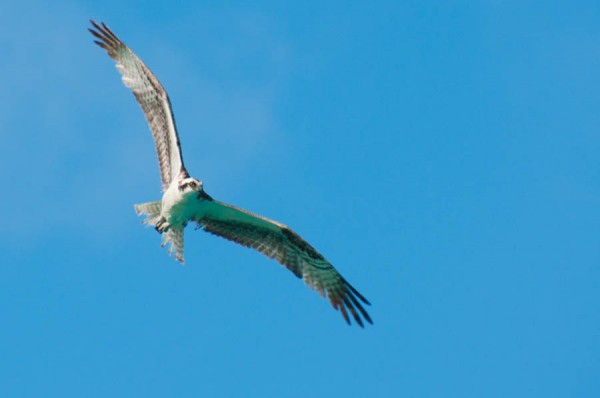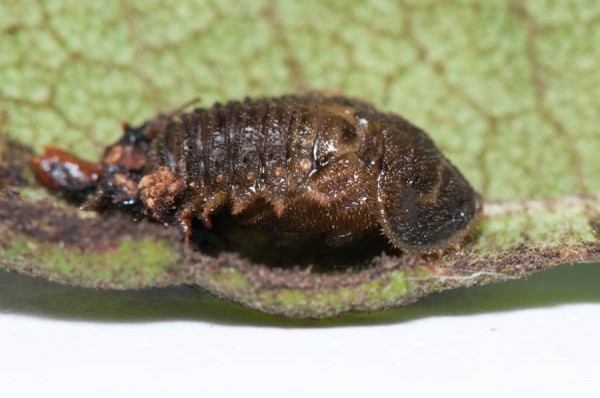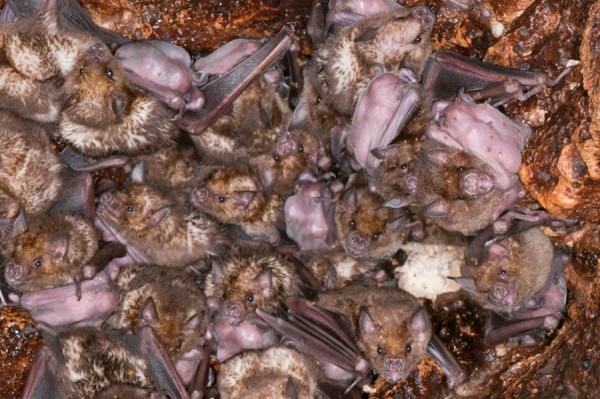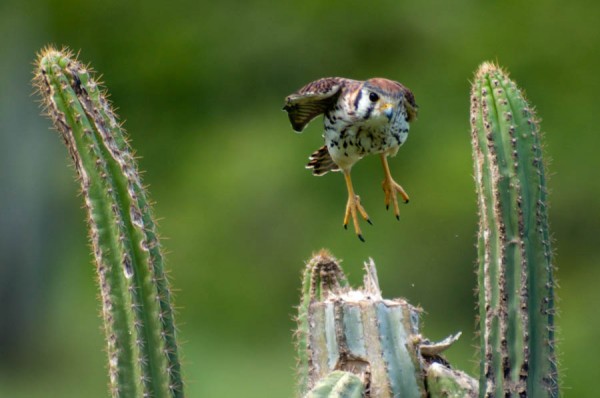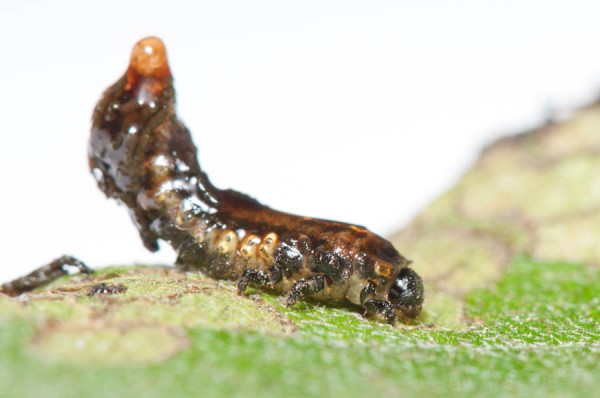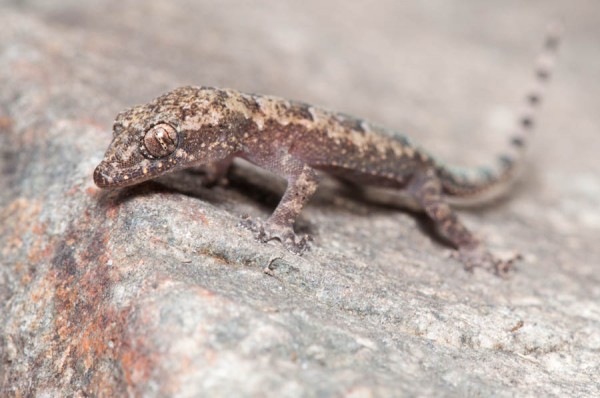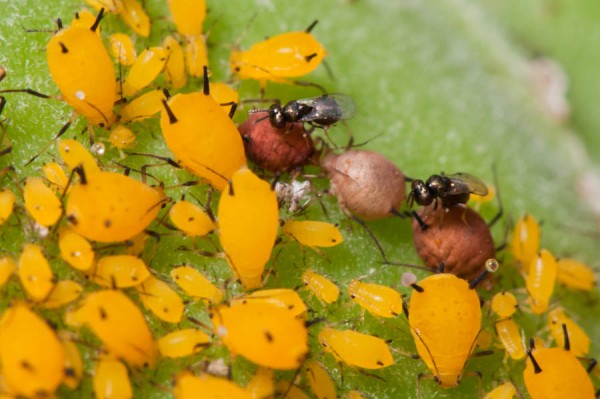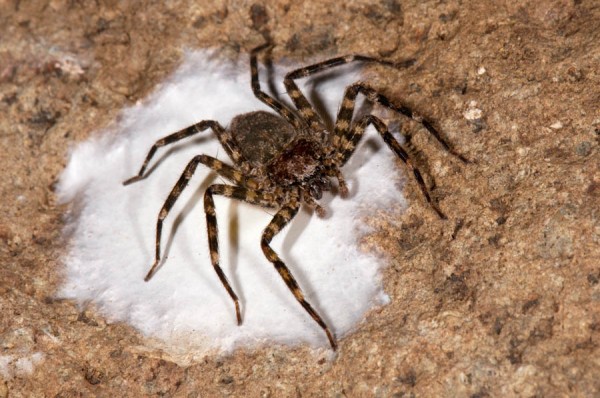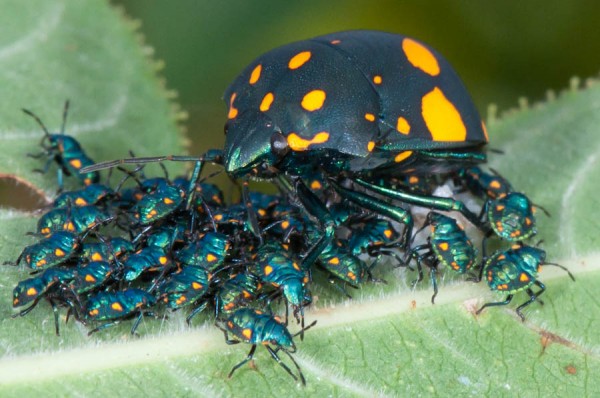How the Anole Got Its Beard
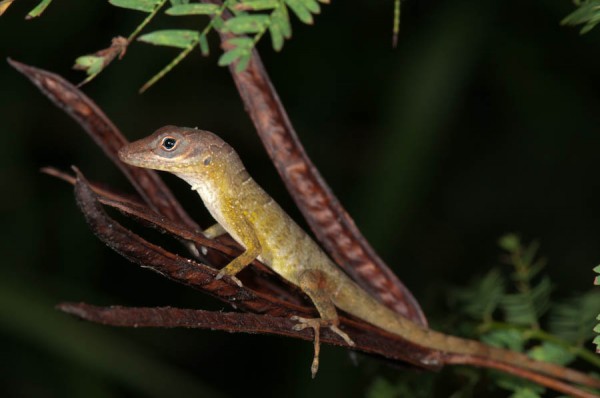
This is the Bearded Anole, Anolis pogus, which is found only on St. Martin. I have an amusing story of how this anole got its beard. The biologist Skip Lazell was in St. Martin in 1963 and 1966 as a graduate student, studying and collecting these lizards. Shortly afterwards, he described it as a new subspecies (later it became its […]

